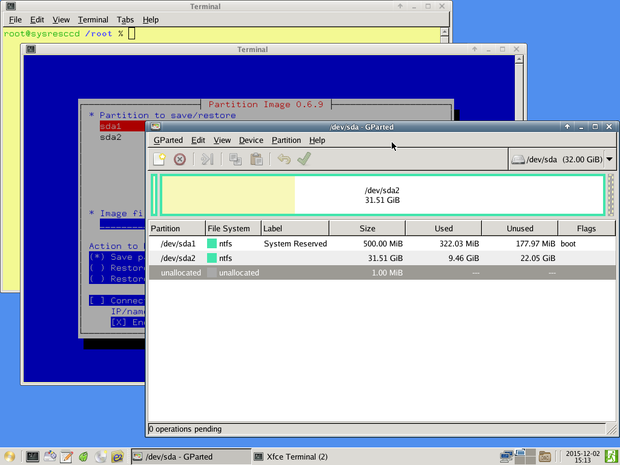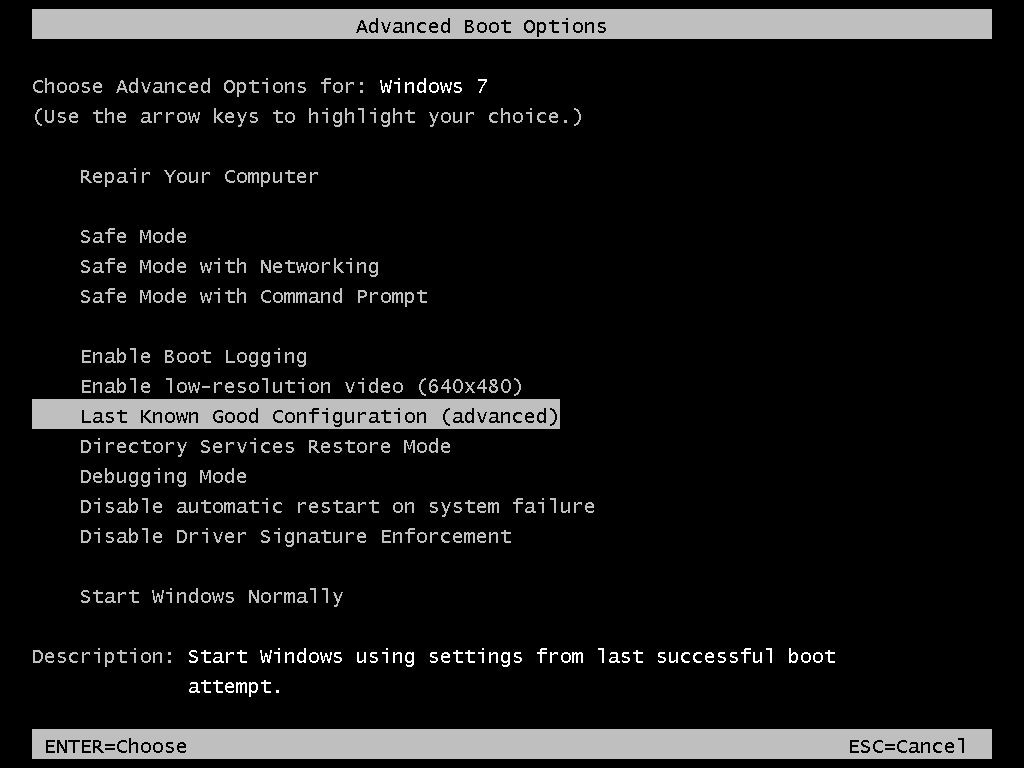

Once you're sure you have the right destination drive selected, click the Install button. This will ERASE all information on this drive, so choose carefully-and then double-check (and triple-check) your choice! Choose your USB target device-the drive you want to make into a Windows boot drive. In the WoeUSB-ng application window, find the Windows.iso file and select it. You can also launch the program for an easy-to-use interface. To create a boot disk from the command line, the syntax requires the command, a path to your Windows ISO file ( /dev/sdX in this example use the lsblk command to determine your drive), and a device: $ sudo woeusb -device Windows.iso /dev/sdX You can use WoeUSB-ng from the command line or the GUI version. I'm running Pop!_OS, which is an Ubuntu derivative, but being comfortable with Python, I chose the pip3 install: $ sudo pip3 install WoeUSB-ng Create a boot disk There's no functional difference between these methods, so use whichever's familiar to you.
#Systemrescuecd boot options example update#
If not please update the values of the -label and imglabel options so they match the label of the file system which contains the ISO image file. This is universal across any Linux distribution. Here is an example of a Grub2 configuration section assuming the file system which contains systemrescue.iso is labelled boot. Alternatively, you can use Python's package manager, pip, to install the application. If you're on a supported Linux operating system, you can install WoeUSB-ng using your package manager. The GitHub repository contains instructions for installing WoeUSB-ng on Arch, Ubuntu, Fedora, or with pip3.

The open source software has two programs: a command-line utility and a graphical user interface (GUI) version. SystemRescue 9.06 is here with the latest and greatest Xfce 4.18 desktop environment. That is until I discovered WoeUSB-ng, a GPL 3.0 Linux tool that creates a bootable USB drive for Windows Vista, 7, 8, and 10. Two months after the last release, SystemRescue (formerly known as SystemRescueCd) Linux system rescue toolkit has been updated today to version 9.06, a release that adds new options to the boot menu, updated components, and new tools. Free online course: RHEL Technical Overview.


 0 kommentar(er)
0 kommentar(er)
